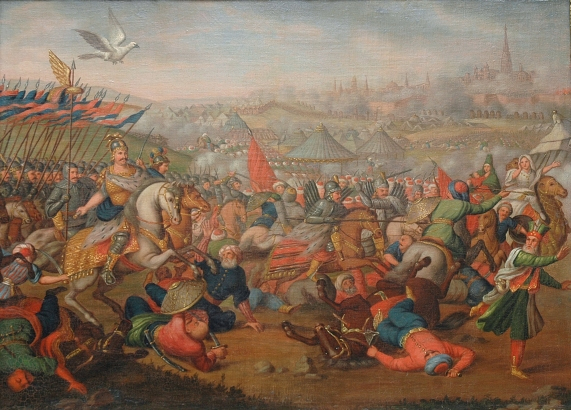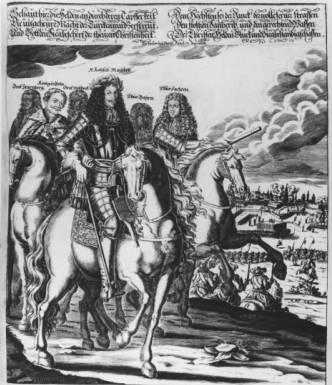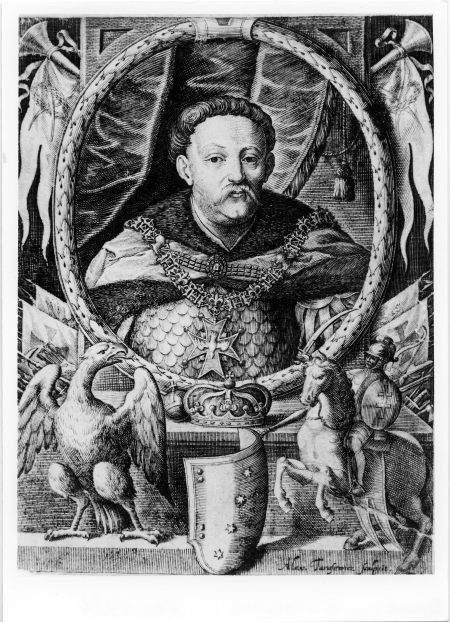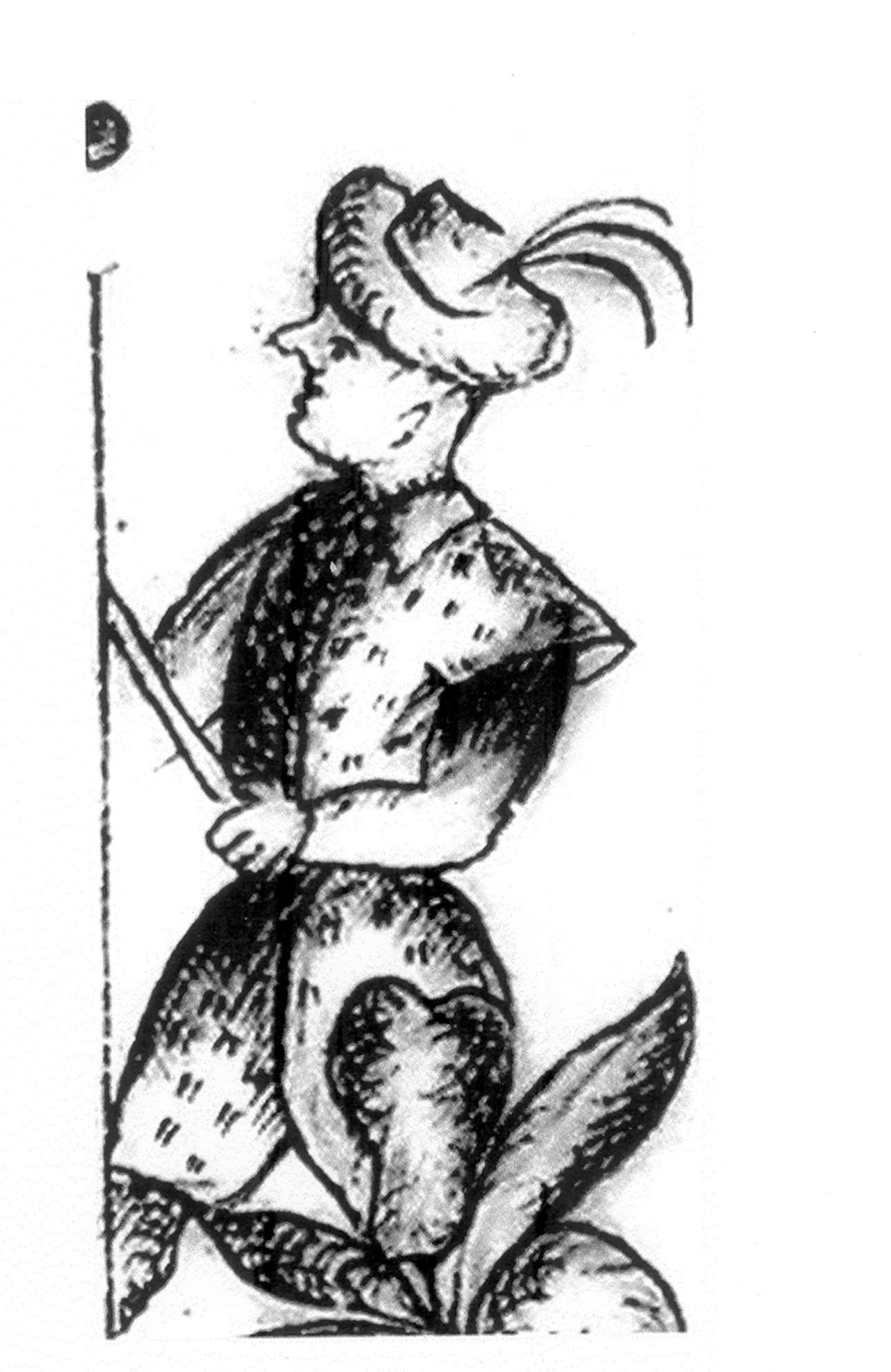Vienna and then what? The origin of Moldavian campaigns of Jan III Sobieski
Cheered by the Vienna success and 1683 Danubian campaign, Jan III Sobieski had soon to answer the question how to capitalize on these victories in the future policy. King's ambitions in the conflict against Turkey reached much further than just the matter of regaining Podolia and right bank Ukraine. He considered the possibility of subduing the Danubian duchies – Moldavia and Wallachia, or even Transylvania and Hungary, to the Republic. The political axis of these plans was undoubtedly the dynastic policy, within which Jan III Sobieski aspired to ensure the succession of the Polish throne for his eldest son, the Prince Jakub. Settling young Sobieski on the throne of one of the aforementioned countries, especially after the collapse of Baltic policy of the king, would strengthen the position of the Prince in the future competition for power in the Republic.
It should be underlined here that the actions of Jan III were not only caused by his dynastic plans. The king realised that Vienna victory did not cause entire collapse of military forces of the Ottoman Empire. He also realised that only in cooperation with the Emperor Leopold I Hapsburg did he stand real chance to continue war activities against Turkey, and for final eradication of its influence in Europe.
On 5th March 1684 in Linz, under the patronage of the Pope, offensive-resistant alliance of the Republic, Emperor and Venice came into being, whose spearhead was aimed against Turkey. The coalition formed as a result of this alliance acquired the name of the Holy League.
Although the members of the League shared the same goal, which was defeating the Ottomans, the expansionist aims evidently caused arguments. The Emperor longed for expanding his influence into whole Hungary together with Transylvania and Danubian duchies, which he motivated by the historic rights of Austria. In such far reaching eastern plans he was opposed by Sobieski, who influenced by the nuncio Pallavicini, abandoned the idea of conquering Hungary and Transylvania, but did not intend to give in about Moldavia and Wallachia. Hoping to subdue these duchies, the king saw the possibility to halt not only Turkish but also Hapsburg expansion in this area and of creating favourable political system in Central Europe. Apart from this, the aim of activity in Danubian direction, was to grant the Republic the access to the Black Sea which was also to compensate for the lost chance of expanding the access to the Baltic Sea and constitute specific compensation for the land lost to Russia in the east. Taking over Moldavia, in the king's plans, could create a specific buffer, which would divide Crimean Hanada from Turkey and would facilitate the collapse of the latter.
So did the military situation in Ukraine and Podolia, at the end of 1683, have the impact on the post- Vienna policy of the king. With the news of the Vienna victory in Podolia, the pro Polish spirit began to rise. Fearing wider anti Turkish activities of the local people the pasha of Kamianets concentrated powers in major fortresses especially Kamianets Podolskyi. It created the chance for the Polish troops to initiate the so called Russian-Moldavian campaign. The army, led by the Castellan of Kraków Andrzej Potocki in cooperation with Cossacs, conquered among others, Chortkiv, Husiatyn, and Jagielnica. Potocki himself even besieged Yazlovets, but had to retreat in fear of Tatar attack.
At this time, the pro-Polish Cossac hetman Stefan Kunicki abandoned the dependence from Turkish occupants and conquered Nemyriv, which he regarded as the 'capital' of Ukraine, independent from the Turks. Followingly, he tried without success to conquer better fortifier Bar and Medzhybizh, and having failed, he turned towards Moldavia together with his army. On the way he possessed Mokhylev and Janpol, and at the beginning of October he crossed Dniester and entered the territory of the Danubian duchy. After some minor success, he was surrounded by dominating Tatar forces, managed to escape from the trap but was soon murdered by his subordinates, as he was probably unable to meet their financial demands.
The campaign from the end of 1683 did not bring success at the territory of Moldavia but was not an entire failure. The Turks lost control over significant part of occupied Ukraine, as well as some defensive points in Podolia - Kamianets and Zvaniets, Bar, Jazlovets, and Medzhybizh, which allowed them to keep power over this area.
Sobieski was not discouraged towards the Danubian policy but now was making much further reaching military plans. His aspirations for subduing Moldavia and Wallachia were slowly becoming the goal of his 'later life'.



